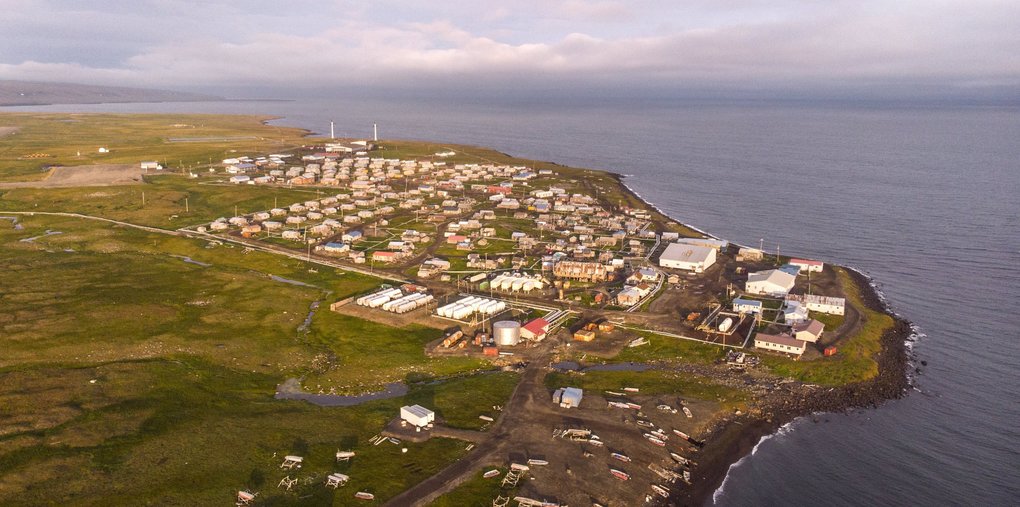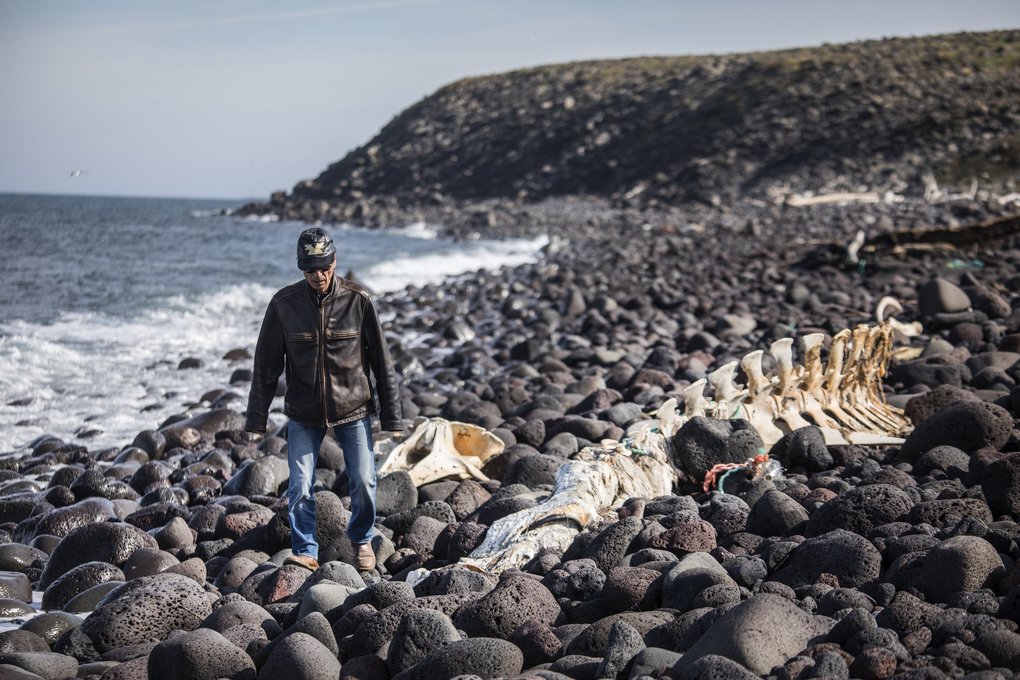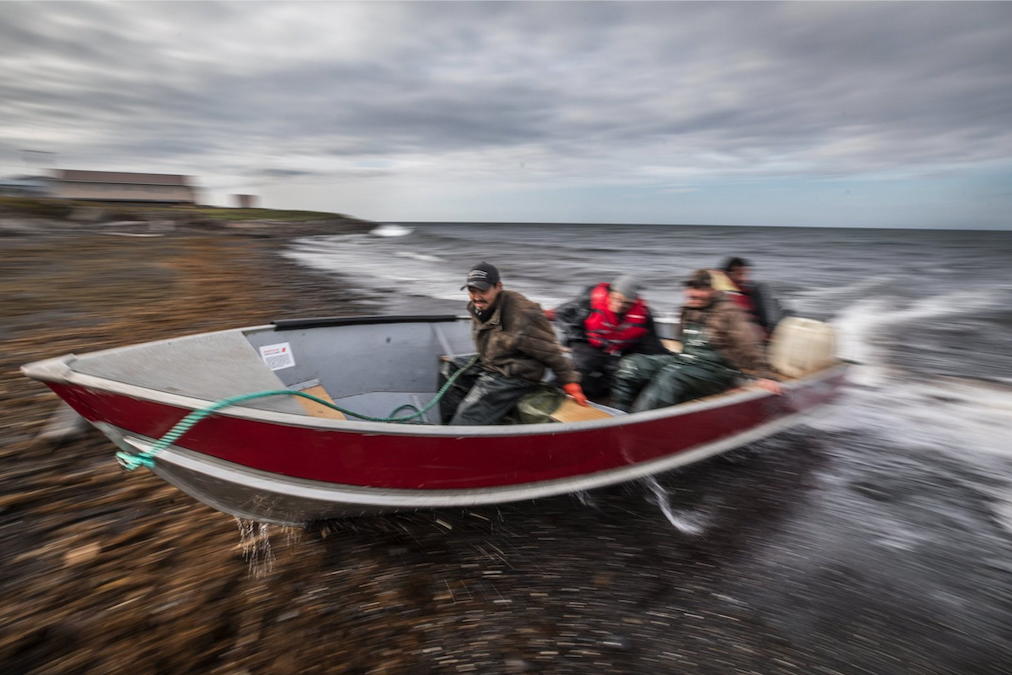
Scientists once thought that an ice-free Bering Sea was decades into the future of a body of water—stretching from Alaska to Russia—that produces some of the biggest seafood harvests on the planet. The ice that forms in the winter serves as a giant platform for algae production that is a key component of the food chain.
But as the pace of climate change intensifies, the Bering Sea has been largely ice-free the past two winters, with what appears to be far-reaching consequences for marine life and the people—ranging from Seattle-based fishermen to the Yup'ik Eskimo of Savoonga, Alaska—who harvest this bounty.
-
×
 English
English










